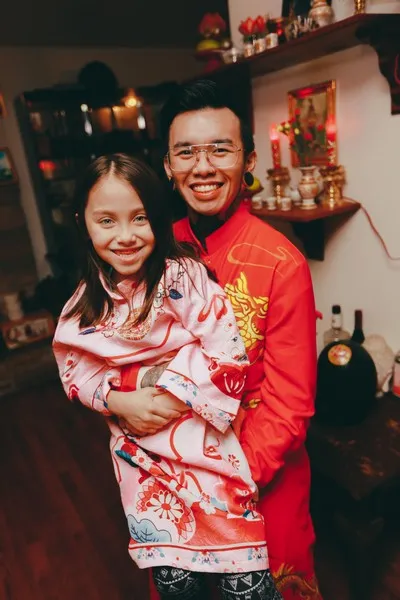Introduction
In sociology, descent groups are an important concept that helps us understand the complexities of kinship and social organization. Descent groups are social units that are based on the principle of common descent, and they play a significant role in shaping our identities and relationships. In this blog post, we will outline and explain descent groups, their types, and their functions in different societies.
Types of Descent Groups
There are two main types of descent groups: unilineal and bilateral.
Unilineal Descent Groups
Unilineal descent groups are based on either matrilineal or patrilineal descent.
Matrilineal Descent: In matrilineal descent groups, individuals trace their descent through their mother’s line. This means that membership in the group is determined by the mother’s lineage. Matrilineal descent groups are often found in societies where women hold a central role in social and economic affairs. Examples of matrilineal descent groups can be found in some Native American tribes and certain communities in Africa and Southeast Asia.
Patrilineal Descent: In patrilineal descent groups, individuals trace their descent through their father’s line. This means that membership in the group is determined by the father’s lineage. Patrilineal descent groups are more common worldwide and are often associated with patriarchal societies. Examples of patrilineal descent groups can be found in many cultures, including European, Middle Eastern, and East Asian societies.
Bilateral Descent Groups
Bilateral descent groups, also known as cognatic or kindred descent groups, are based on both the mother’s and father’s lines. In these groups, individuals maintain connections with both sides of their family. Bilateral descent groups are common in Western societies, where individuals often maintain close relationships with both their maternal and paternal relatives.
Functions of Descent Groups
Descent groups serve several important functions in societies:
1. Social Identity and Belonging
Descent groups provide individuals with a sense of social identity and belonging. Being part of a descent group gives people a shared history, ancestry, and cultural heritage. It helps individuals understand their place in society and their relationships with others.
2. Inheritance and Property Rights
Descent groups often play a crucial role in determining inheritance and property rights. In many societies, the passing down of land, wealth, and other resources is closely tied to descent group membership. The rules and norms surrounding inheritance within descent groups help maintain social and economic stability.
3. Social Support and Obligations
Descent groups provide social support networks and obligations. Members of a descent group are often expected to support and assist each other in various ways, such as during times of illness, economic hardship, or celebrations. These obligations help strengthen social ties and foster cooperation within the group.
Conclusion
Descent groups are an integral part of social organization and kinship systems. They shape our identities, determine inheritance and property rights, and provide social support and obligations. Understanding descent groups helps us comprehend the complexities of human relationships and the diverse ways in which societies are structured. By studying descent groups, sociologists gain insights into the dynamics of kinship, social roles, and the transmission of cultural values from one generation to the next.





